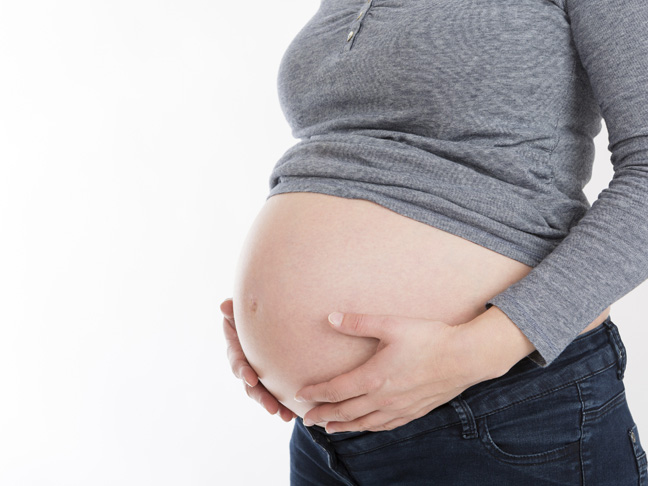Thirty cases of babies born with the birth defect have been reported since 2010, which means the anencephaley rate has jumped to 8.7 cases per 10,000 births in an area that includes Yakima, Benton, and Franklin counties, and far exceeds the national rate of 2.1 cases in 10,000 births.
State and federal officials have plans to convene an advisory committee of experts to review data and discuss options for investigation and prevention.The committee will also hold a series of “listening sessions” in these communities to hear public concerns about this rise in instances of the birth defect.
So far, researchers have found no geographic, seasonal, or other obvious pattern to the cases. But medical records indicate low rates of folic acid vitamin supplementation in the region, which may be a link to anencephaly; other studies suggest a tie between anencephaley and exposure to mold and pesticides. Experts are again emphasizing the need for all women of childbearing age to take folic acid supplements.
Some residents believe that leaking tanks of nuclear waste from the region’s nearby Hanford nuclear plant are to blame, but Dr. Edith Cheng, an expert on birth defects from the University of Washington School of Medicine, has said that no good evaluation of the plant’s impact on anencephaly and other birth defects has been made to date.








